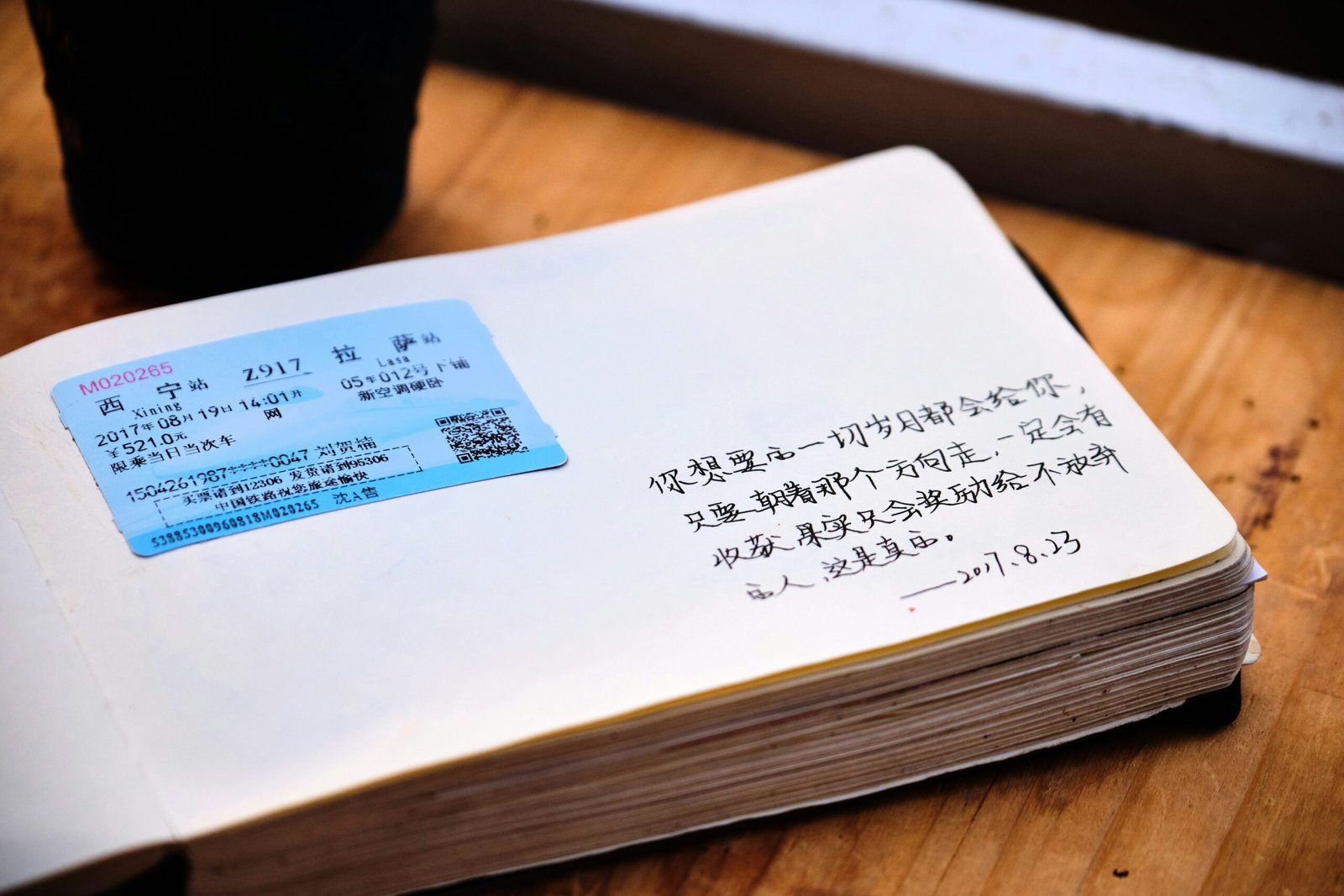License plates such as 鲁Q 669FD hold much more than just a random set of numbers and letters. They encapsulate an organized, systematic approach to vehicle registration in China. From identifying a car’s origin to reflecting its role and legality, each segment of a Chinese license plate tells a unique story. Whether you’re a vehicle owner, an automotive enthusiast, or simply curious, understanding license plates like 鲁Q 669FD can provide fascinating insights into China’s massive yet meticulously managed vehicle system.
This ultimate guide will break down Chinese license plates, explore the story behind 鲁Q 669FD, and uncover the cultural, regulatory, and futuristic aspects of the system.
Understanding the Components of a Chinese License Plate
Chinese license plates follow a systematic structure that reflects specific details about a vehicle. Here’s how they are typically formatted and what these elements reveal about a vehicle’s identity.
1. Provincial Code
The first character, in this case “鲁”, corresponds to the province or administrative region. 鲁 represents Shandong Province, which is located in eastern China and is steeped in history and culture. Each province has its unique abbreviation, making it immediately clear where a vehicle is registered.
Example of provincial codes:
- 京 (Jing): Beijing
- 粤 (Yue): Guangdong
- 苏 (Su): Jiangsu
2. Regional or City Indicator
The second character after the provincial code is usually a letter. For 鲁Q, the “Q” refers to Weifang, which is a prefecture-level city in Shandong Province. Each city’s code is assigned by the local transportation authority within the province.
3. Serial Numbers and Letters
The remaining segments, 669FD, form the unique identifier assigned to a specific vehicle. These numbers and letters do not follow a fixed format and are generated sequentially to ensure no two vehicles share the same number within the region.
Why the Format Matters
This structured hierarchy allows authorities to organize and manage millions of vehicles seamlessly. It also supports law enforcement in identifying a vehicle’s point of origin, ownership, and registration details with accuracy.
The Significance of 鲁Q 669FD
Now that we’ve decoded the structure, let’s focus specifically on 鲁Q 669FD and what it represents.
Breaking It Down
- 鲁 (Lu): Indicates Shandong Province.
- Q: Refers to Weifang city in Shandong.
- 669FD: Serves as the unique identifier for this vehicle.
Historical and Regulatory Context
The introduction of license plates like 鲁Q 669FD reflects China’s rapid automotive growth since the economic reforms of the 1980s. Over time, the country has refined its vehicle registration process to handle the overwhelming increase in car ownership. From manually issued plates to computerized systems, every change brought more efficiency and accuracy to this system.
Notable Changes Over Time
Regulations around license plates have evolved significantly. For example:
- Blue Plates: Commonly used for private vehicles with a small engine size.
- Yellow Plates: Reserved for larger vehicles, such as buses and trucks.
- Green Plates: Introduced more recently for new energy vehicles (NEVs) to promote sustainability.
鲁Q 669FD, being a conventional plate, represents the standardization within this system.
Vehicle Registration and Ownership in China

Streamlined Registration Process
Registering a vehicle in China involves multiple steps to ensure compliance and accountability.
- Application Submission: The vehicle owner provides personal documents, proof of residence, and bank details.
- Verification and Inspection: The vehicle undergoes inspection to verify safety and compliance.
- License Plate Issuance: Upon passing inspection, the registration process is finalized, and a license plate is issued.
Importance of License Plates
A license plate like 鲁Q 669FD is more than identification. It serves as a testament to the owner’s adherence to regulations and represents accountability within the country’s expansive network of roads and vehicles.
Use Cases and Exceptions
Unique Vehicles, Unique Plates
Certain vehicles deviate from the standard license plate system. Examples include:
- Military Vehicles: Plates often feature Chinese characters and specialized colors.
- Diplomatic Vehicles: These plates are marked distinctly to reflect their international role.
- Temporary Plates: Used for unregistered vehicles or those awaiting permanent plates.
Special Cases
China’s rapidly growing network of electric vehicles (EVs) has brought about green license plates, signaling the owner’s participation in reducing emissions—a forward-looking initiative as the world moves toward sustainability.
Cultural and Economic Insights
License Plates as a Status Symbol
License plates in China often go beyond simple functionality. Having a license plate with “lucky numbers” or auspicious combinations, such as “8” (symbolizing wealth) or “6” (representing smooth progress), is highly coveted.
For example, 鲁Q 669FD’s inclusion of “6” twice is considered lucky by many. Plates with patterns like these are often auctioned for high prices, underscoring the blend of culture and commerce within vehicle ownership.
Regional Preferences
Preferences vary widely across China. Wealthy cities like Beijing and Shanghai may experience fierce competition for certain plate types, while smaller cities like Weifang can avoid such high-stakes bidding wars.
The Future of Chinese License Plates
Technological Advancements
China is testing digital license plates to improve functionality and incorporate features such as GPS tracking or automated toll payments. These plates could replace physical ones in the near future, allowing seamless integration into the country’s growing smart road systems.
Evolving Vehicle Ownership
Car-sharing services and autonomous vehicles represent a shift in how people use and own vehicles. This will likely impact future developments in registration and license plate systems. For example, shared vehicles might have plates reflecting corporate ownership rather than a single user.
Sustainability and Electric Vehicles
With the increasing focus on green energy, more policies supporting EV registrations (green license plates) are expected, aligning with China’s ambitious sustainability goals.
Why Understanding 鲁Q 669FD Matters
Studying something as seemingly mundane as a license plate reveals China’s intricate systems of regulation, culture, and technological progression. 鲁Q 669FD serves as a small yet meaningful representation of the country’s balance between tradition and innovation.
Whether you’re a curious individual or a business professional looking to understand automotive trends, knowledge about Chinese license plates can expand your understanding of a critical piece of global vehicle culture.
CONCLUSION
Understanding elements like 鲁Q 669FD goes far beyond the surface of its utilitarian purpose. It provides a window into a culture that values structure, history, and modernization, all woven together in its systems and symbols. By analyzing these small yet impactful details, we gain unique insights into China’s approach to governance, societal organization, and technological adaptation. This knowledge can help bridge cultural divides and foster a more comprehensive perspective on how interconnected our global world truly is.
YOU MAY ALSO LIKE
Unlocking the Power: P365 Fuse with TLR7 HLX
FAQs
1. What does 鲁Q 669FD mean?
鲁Q 669FD is a Chinese license plate number. “鲁” represents Shandong Province, “Q” identifies a particular region within Shandong, and the alphanumeric code “669FD” is unique to the vehicle.
2. How are Chinese license plates structured?
Chinese license plates start with a character representing the province, followed by an alphabet letter for the city or region within the province. The remaining alphanumeric code is unique to each vehicle.
3. Why is 鲁Q 669FD significant in the article?
The license plate 鲁Q 669FD serves as an example of how China’s societal structures and systems integrate functionality with cultural and historical elements.
4. What role do license plates play in understanding Chinese culture?
License plates in China reflect the country’s focus on organization, governance, and efficiency. They also highlight regional identities and their importance in Chinese society.
5. How does analyzing these symbols bridge cultural divides?
Understanding elements like 鲁Q 669FD allows observers to gain insight into Chinese values, fostering cultural awareness and stronger global connections.











